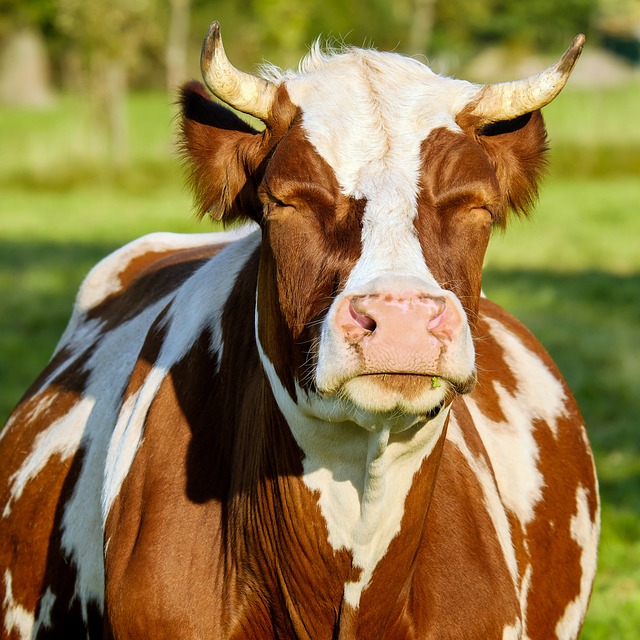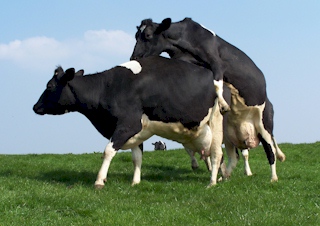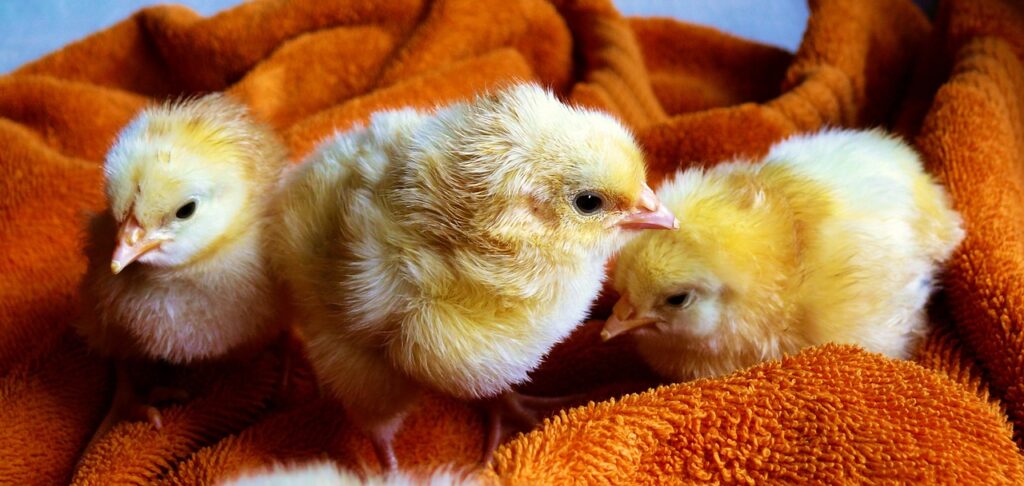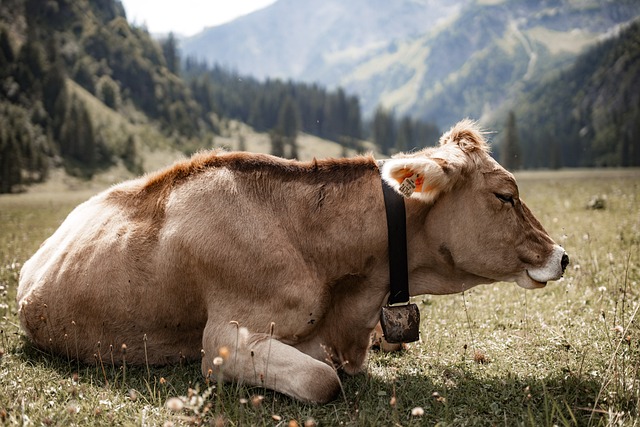Bloat, a condition characterized by excessive accumulation of gas in the rumen, is a serious concern for ruminant livestock owners worldwide. It can lead to discomfort, reduced feed intake, impaired rumen function, and in severe cases, even death. Understanding the two main types of bloat—free gas bloat and frothy bloat—is essential for effective prevention and treatment strategies.
Free gas bloat
Free gas bloat typically occurs when the esophagus is obstructed, preventing the animal from belching and releasing gas from the rumen. This obstruction can result from ingesting foreign objects like potatoes or experiencing esophageal dysfunction. As gas accumulates in the rumen, the abdomen becomes distended, and rumen motility may decrease or cease altogether. In severe cases, pressure from the accumulated gas can compromise cardiovascular function and lead to respiratory distress.
The severity of free gas bloat is often categorized into three degrees: mild, moderate, and severe. Mild cases may present with slight abdominal distension and discomfort, while severe cases can manifest as pronounced abdominal enlargement and significant respiratory distress. Timely intervention is crucial, and treatment typically involves relieving gas pressure by inserting a trocar and cannula or passing a stomach tube through the esophagus to release the trapped gas.
Frothy bloat
On the other hand, frothy bloat occurs when foam forms on top of the rumen contents, impeding the normal release of gas. This type of bloat is commonly associated with the consumption of lush pastures, particularly those rich in legumes such as lucerne and clover. The foam inhibits the animal’s ability to eructate, leading to gas accumulation and bloating. Signs of frothy bloat may include restlessness, abdominal distension, and unproductive attempts to belch.
Treatment
Treatment for frothy bloat involves administering antifoaming agents, such as liquid paraffin or vegetable oils, to disrupt the foam and facilitate gas release. Additionally, feeding affected animals high-fiber feeds, such as quality hay, can help prevent frothy bloat by reducing the formation of foam in the rumen.
Preventive measures
- Preventive measures play a crucial role in managing both types of bloat. These may include:
- Providing access to a diverse diet with appropriate fiber levels.
- Avoiding sudden dietary changes, especially introducing lush pastures or high-legume feeds rapidly.
- Ensuring adequate access to clean water, as dehydration can exacerbate bloat.
- Monitoring animals closely for signs of discomfort or abnormal behavior, especially during periods of dietary transition or grazing on potentially problematic forages.
Early detection and prompt veterinary intervention are paramount in treating bloat effectively. Livestock owners should familiarize themselves with the signs of bloat and have a plan in place for emergency management. Consulting with a veterinarian for guidance on prevention and treatment strategies tailored to specific herd management practices can help mitigate the risk of bloat and safeguard animal welfare.
In conclusion, bloat poses a significant threat to ruminant livestock, but with a comprehensive understanding of its causes, symptoms, and treatment options, producers can implement proactive measures to minimize its occurrence and ensure the well-being of their animals. By incorporating sound management practices and seeking professional guidance when needed, livestock owners can effectively manage bloat and maintain the health and productivity of their herds.





